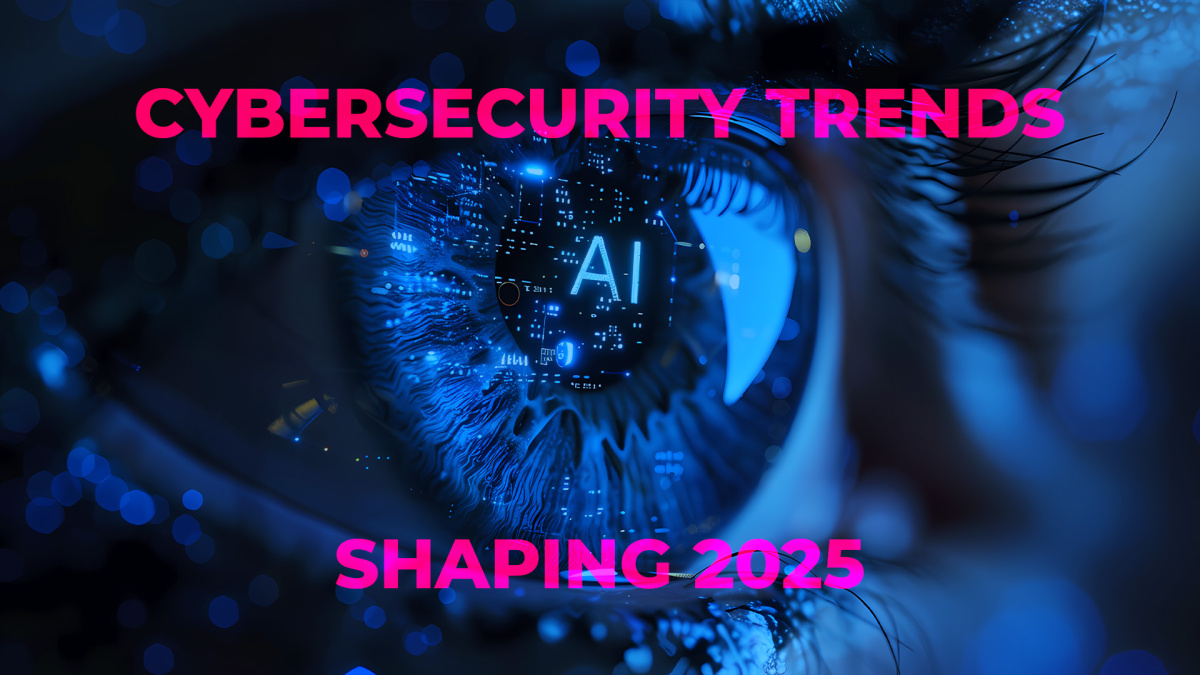Cybersecurity Trends Shaping 2025: A Look Ahead
The digital ecosystem is always changing, presenting new opportunities alongside unavoidable security challenges. As we enter 2025, several trends are ahead, bound to impact organizations and individuals significantly.
1. The AI Evolution in Cybersecurity
Artificial intelligence (AI) is transforming cybersecurity strategies on both sides of the battle.
Sophisticated Cyber Attacks: Cybercriminals use AI to create highly convincing phishing emails, generate realistic deepfakes for social engineering scams, and design malware attacks, which becomes more difficult to detect.
Enhanced Defense Mechanisms: On the other hand, cybersecurity teams are using AI to strengthen their defenses. With improved threat detection capabilities, automated response systems, and predictive analytics, AI helps organizations stay one step ahead of coming threats.
2. Quantum Computing: A New Posing Risk
The rise of quantum computing brings new risks to existing encryption methods. With their advanced processing capabilities, quantum computers could potentially undermine widely used encryption algorithms, exposing sensitive data. Organizations must proactively seek and adopt quantum-resistant encryption strategies to protect their data.
3. Embracing Zero-Trust Security
Traditional perimeter-based security models are no longer enough in today's world. The zero-trust framework, guided by the mantra "never trust, always verify," is gaining momentum. It focuses on continuously checking identities, dividing networks into smaller sections, and ensuring that users only have access to what they need. This approach thoroughly reviews each access request. Deploying multi-factor authentication (MFA) and continuously monitoring user and system behavior to detect anomalies and block unauthorized access is essential for a strong zero-trust security strategy.
4. Supply Chain Attacks: The Hidden Threat
Supply chain attacks will not leave this list, as cybercriminals increasingly target third-party vendors and suppliers to access larger organizations. To mitigate these risks, companies must implement robust vendor risk management strategies, conduct comprehensive security assessments of their supply chain partners, and establish strict security controls within their networks.
5. Navigating the Regulatory Landscape
Governments worldwide are implementing stricter data privacy and cybersecurity regulations to protect consumers. Organizations must remain alert and up-to-date with evolving laws like GDPR and CCPA, ensuring compliance to avoid significant fines and damage to their reputations. Staying up-to-date with these legal requirements protects consumers and strengthens the trust and integrity of the businesses involved.
6. Building a Skilled Cybersecurity Workforce
As cyber threats grow in complexity, the demand for skilled cybersecurity professionals grows. Organizations should invest in training and development programs to build a capable workforce to handle the ongoing challenges. Employees who receive proper training are more capable of recognizing and responding to phishing scams, social engineering tactics, and other cyber threats. However, beyond formal training, promoting a culture of cybersecurity awareness is crucial for the long-term stability of an organization. This means planting cybersecurity awareness into the organization's core values, ensuring that it becomes a fundamental aspect of daily operations and decision-making.
Looking Ahead
The cybersecurity environment of 2025 and beyond will undergo constant evolution and adaptation. By addressing these key trends head-on, organizations can maintain their security posture, reduce the impact of cyberattacks, and protect their vital digital assets.
Disclaimer: This article is intended for informational purposes only and should not be considered legal or security advice.
